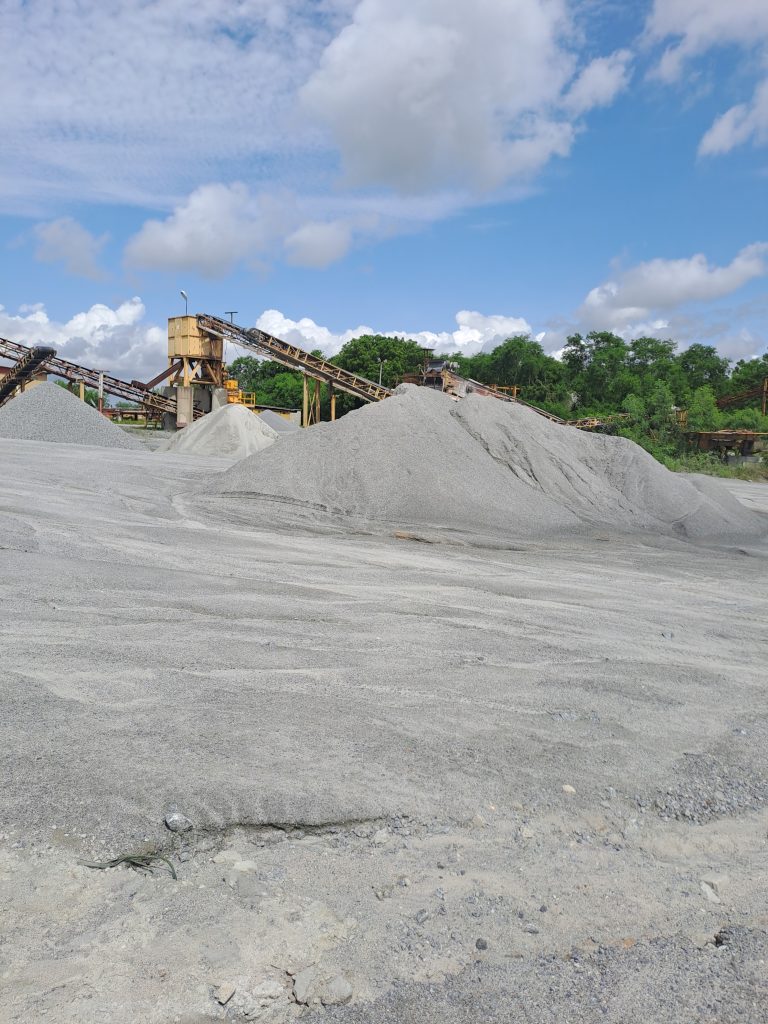Quarry Dust, Sand, and Stones – Building Blocks for Sustainable Development
Quarry dust, sand, and stones are integral components in the realm of construction and infrastructure development, playing diverse roles in various applications. Let’s delve into the distinctive characteristics and applications of each of these quarry materials.
It is a by-product of the crushing process during quarrying activities. It is finer than sand and possesses angular particles. The composition primarily includes crushed rock and stone dust.
Our quarry dust is commonly used as a filling material in construction projects, especially where a solid base is required. Its fine particles make quarry dust
effective for stabilizing soil, preventing erosion, and enhancing overall soil
quality. It is utilized as a partial replacement for natural sand in concrete mixtures to improve workability and strength.

Quarry sand is also known as manufactured sand, is produced by crushing rocks and stones to create sand-sized particles. It has a more consistent particle size compared to natural sand.
Applications:
- Concrete Production: It is a key ingredient in concrete manufacturing, offering better consistency and cohesiveness in the mixture.
- Bricklaying: It is used in bricklaying to enhance the workability of mortar.
- Asphalt Production: It is incorporated into asphalt mixes to enhance the quality and durability of road surfaces.
Quarry stones are large rocks extracted from quarries and then crushed into various sizes. They can be angular or rounded, depending on the crushing process.
Applications:
- Construction Aggregates: It serve as essential aggregates in concrete, providing strength and stability to the structure.
- Road Base Material: Larger quarry stones are used as a base material for roads and highways, ensuring a robust foundation.
- Landscaping: It can be used decoratively in landscaping, creating retaining walls, pathways, and various aesthetic features.
- Sustainable Practices: It’s essential to highlight the importance of sustainable quarrying practices. Responsible quarry management includes reclamation efforts, minimizing environmental impact, and adhering to regulatory standards.
Quarry dust, sand and stones are pivotal resources in the construction industry , each contributing uniquely to the built environment. As with any natural resource, sustainable extraction and utilization practices are crucial to ensure the longevity of these materials and the well-being of the environment.
